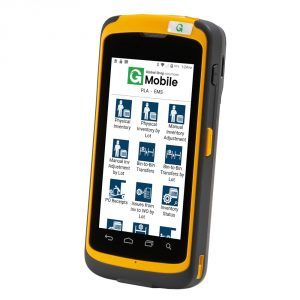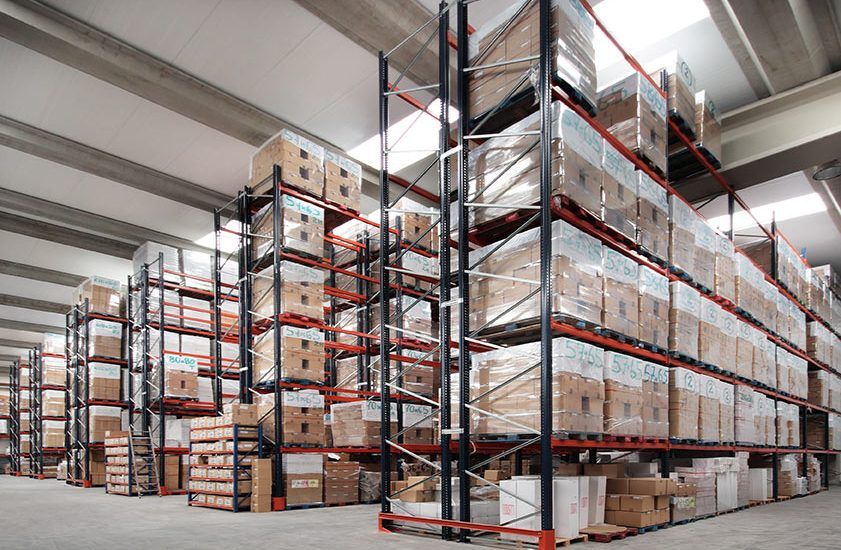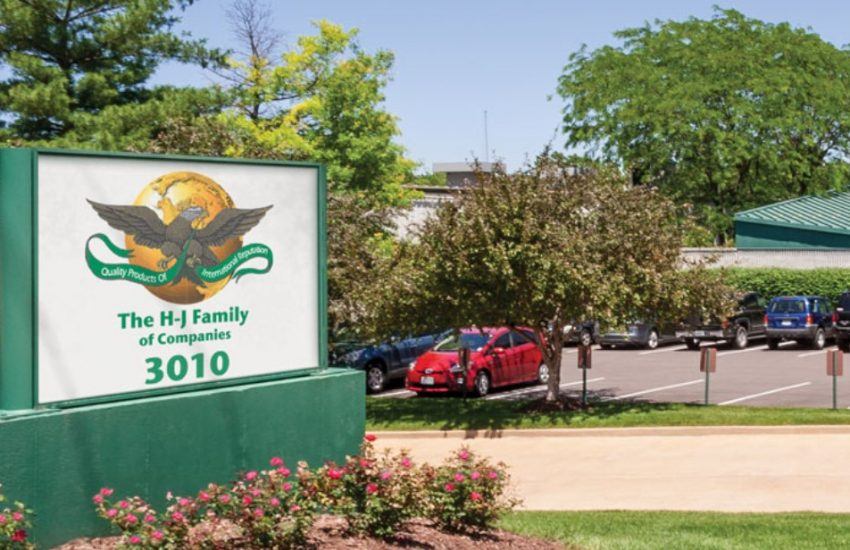This manufacturer learned the hard way that consumer-grade mobile devices aren’t a good fit for an industrial work environment.
The H-J Family of Companies (H-J) got its start more than 50 years ago with an 800-square-feet facility and a few machines. Today, the company is a worldwide manufacturer (10,000 SKUs) and supplier in the transformer, switchgear, and breaker industry. It has 400 employees and more than 350,000 square feet of manufacturing space, along with offices in Brazil, Canada, China, Columbia, India, Mexico, Spain, and headquarters in St. Louis, Missouri.
H-J has used Global Shop Solutions’ ERP software to manage its sales and inventory for the past 20 years. For most of that time, the company’s IT and network admins were tasked with keeping the software updated and purchasing barcode printers and scanning equipment. But, two years ago, H-J’s management realized the company needed an ERP specialist to ensure the software and any related hardware got the proper attention. So, in 2017, the manufacturer hired Paul Poston in the role of Global Shop Analyst. Now that H-J had ERP implementations running in multiple locations, it was essential to have one person responsible for monitoring and managing this business-critical system.
One additional benefit that the company may not have anticipated initially was that Poston was instrumental in helping the manufacturer solve its barcode equipment challenges, too.
iPads and Surface Tablets aren’t Designed for Industry
When Poston started at H-J, the company was using iPads and Microsoft Surface tablets to scan barcodes and track inventory. “These devices just aren’t designed for use in an industrial environment,” says Poston. “If a Surface tablet screen needed repair, we had to ship the product to Microsoft, and it typically took a month or more before we got it back. We had a local repair company that fixed iPads, which was convenient, but we had other issues with those devices. For instance, the iPads could only connect to one Bluetooth device at a time, so users had to choose between using the Bluetooth scanner and the keyboard. Plus, switching between the two was very time-consuming.”
Although the manufacturer used rugged barcode printers from a well-known OEM, it wasn’t satisfied with the support. “They only offered a 90-day warranty, and it only covered product defects,” recalls Poston. “Plus, sometimes we’d send a broken printer in for repair, and they’d take the liberty of replacing cosmetic issues like a scratched cover, and they charged us for the extra repairs without checking with us first.”
EMS Barcode Solutions — One Provider for all Your Barcode Equipment Needs
Poston reached out to his ERP software account manager for advice on his equipment and was referred to Global Shop Solutions certified partner and barcoding expert EMS Barcode Solutions. EMS met with Poston to assess H-J’s barcode scanning and printing equipment, and they made a couple of recommendations that Poston supported.
 “First, we phased out the tablets with EMS Mobile 3 Series rugged android touch computers,” he says. “The GSS Mobile 3 handhelds feature built-in midrange 2D imagers, plus they can be configured to turn off certain features that our shop floor workers don’t need, such as access to the ‘game store’ and an Internet browser.”
“First, we phased out the tablets with EMS Mobile 3 Series rugged android touch computers,” he says. “The GSS Mobile 3 handhelds feature built-in midrange 2D imagers, plus they can be configured to turn off certain features that our shop floor workers don’t need, such as access to the ‘game store’ and an Internet browser.”
….EMS is very responsive and offers faster turnarounds on repairs than any OEM or service provider we’ve used previously
H-J also purchased a few Zebra QLN series Bluetooth-enabled mobile barcode printers from EMS. “By purchasing these devices from EMS, we get a three-year extended warranty that covers not just defects, but it also covers any accidents,” says Poston. “And anytime we have a question or need a repair, EMS is very responsive and offers faster turnarounds on repairs than any OEM or service provider we’ve used previously.”

Seeing is Believing When it Comes to Inventory Management
We take inventory twice a year. It used to take a team of workers 48 hours to manually count everything, and now it takes less than 24 hours.
Not long after the handhelds and printers were purchased and put into production, Poston realized there were other departments and personnel who could benefit from using the technology for inventory counting instead of relying on handwritten notes and paper. “One manager was skeptical the handhelds would make a positive impact on the process, but after six months of ‘trying it out,’ he’s now the biggest proponent of using the handheld scanners,” says Poston. “We take inventory twice a year. It used to take a team of workers 48 hours to manually count everything, and now it takes less than 24 hours.”
Poston says any time he or someone else at H-J has a cost-saving idea or technology-related question, EMS Barcode Solutions is one of the first places he turns to for advice. “We’ve talked to EMS about using RFID tags for inventory tracking,” he says. “They helped us discover that while it wouldn’t save us money right now, it could be a viable option in the future as our business evolves and tag prices drop. On another occasion, I asked them about printing on metal items and epoxy. Even though they didn’t sell the product, they researched and found a vendor we could use, and EMS never charged us for their time. It’s nice working with a provider like EMS who acts more like a partner than a third-party service provider.”

